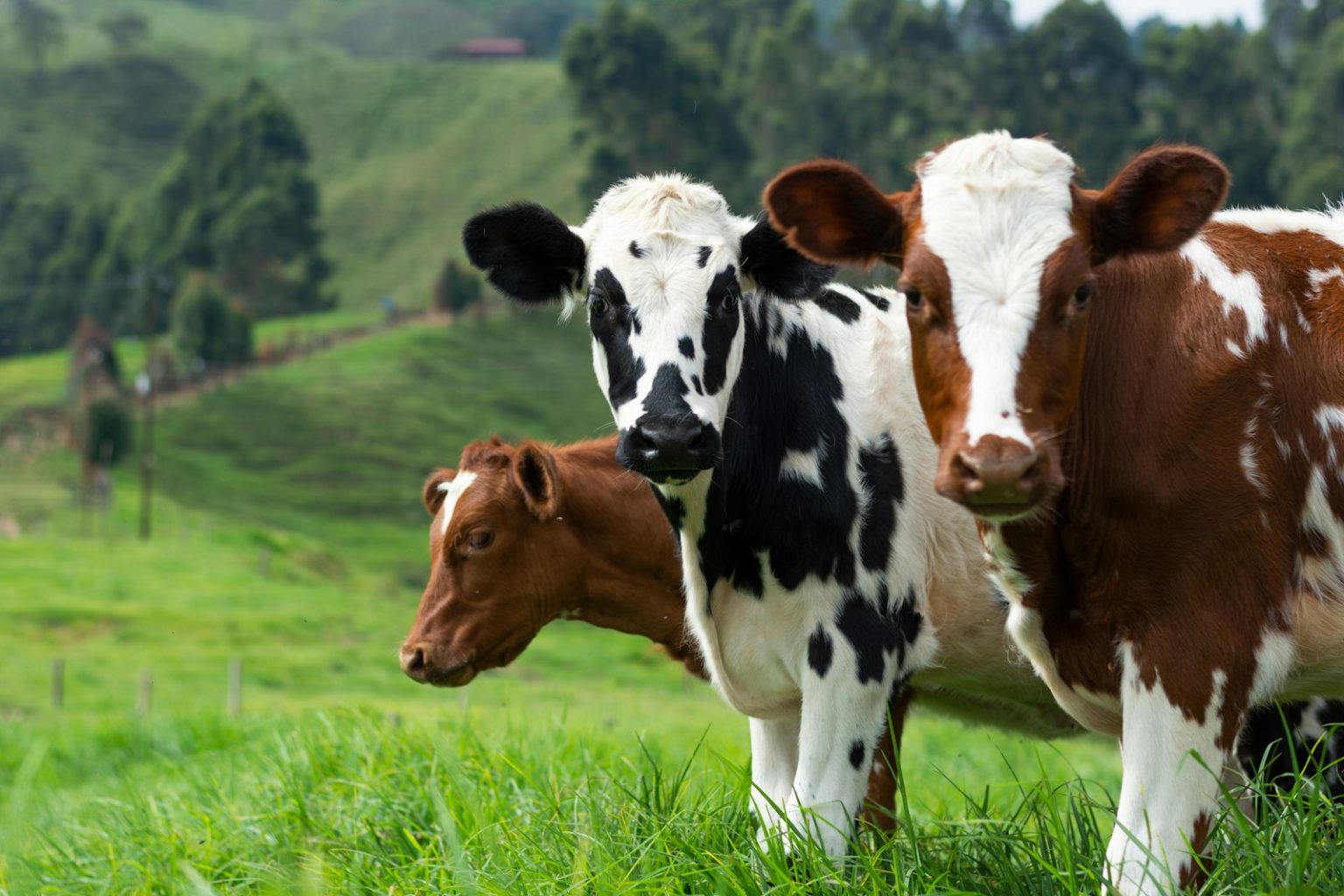Paul Yeager: The livestock market has generated headlines of its own for months, and commodities have been anything but quiet in recent trading. First, the grains for the week. The nearby wheat contract added 16 cents, while the March corn contract fell a nickel.
South American weather has been both dry and wet, causing different concerns in the soy complex. The March soybean contract lost 14 cents, and March meal declined $3.80 per ton. March cotton shrank $1.80 per hundredweight.
Over in the dairy parlor, March Class Three milk futures increased by 23 cents. The livestock market was mixed. April cattle declined by 73 cents, while March feeders dropped 85 cents.
The April lean hog contract, however, rose $2.15. In the currency markets, the US dollar index added 101 ticks. March crude oil dropped $1.78 per barrel.
COMEX gold expanded $25.50 per ounce, and the Goldman Sachs Commodity Index fell nine points to settle at 562. Joining us now are two of our regular market analysts, Ross Baldwin and Jeff French. Ross, the cattle inventory report today is significant.
Last year, this report indicated the smallest herd since 1951, and we’re even lower than that this year. Why? Ross Baldwin: The herd continues to be reduced.
We haven’t entered a rebuilding phase. It takes three years from the time you start expansion to see numbers pick back up, and we haven’t started expansion yet. We’ve been doing the opposite.
Prior to this report, the US cow herd dropped 10% over the previous three years, and this report shows numbers are 1% lower than last year. So these numbers continue to drop, and it was a bullish report. Paul Yeager: It takes a long time to grow an animal and get it to market, but why hasn’t this market responded to expanded herds or keeping back heifers?
Ross Baldwin: One of the largest reasons is that we haven’t kept heifers back due to record-high prices for feeder cattle. It’s an easy decision for the rancher when prices are so high. Until we see a change over the next year or two, it’s going to be hard to keep these heifers back.
Feeder cattle prices continue to hit record highs across the country, which is not indicative of expansion. Paul Yeager: Are you hearing from people struggling with whether to take advantage of current prices or hold out for future gains? Jeff French: Economically, the prices are just too good.
The American rancher is getting older, pushing into their 70s, and they’re looking at these prices knowing they can get $280 or $300 per heifer now. It’s an easy decision.
Cattle inventory reports historic lows
These are historic times. Earlier this week, you could lock in $196 for fat cattle out 15 months. We might sustain these higher prices for some time due to tight numbers through 2026.
I advise my clients to buy cheap puts out of the money and let this market rip higher. Paul Yeager: What will it take for this market to change significantly, other than an unpredictable black swan event? Jeff French: We need to see consumers make switches, which hasn’t happened yet.
Ground beef prices haven’t reached a point where they push consumers to alternatives. I bought ground beef this week at $6.99 per pound. If these prices continue to rise, we’ll have to wait and see how consumers respond.
Paul Yeager: Ross, do you agree that it’s a demand-driven issue that will impact the market? Ross Baldwin: Absolutely. The cattle market remains tight, and fundamentals are strong for this year and into 2026.
To see a significant change, we would need demand destruction, which hasn’t happened yet. Beef demand is the strongest it’s been in 40 years. Jeff French: Adding tariffs on Canada and Mexico for feeder cattle is a wildcard.
We import a lot of feeder cattle from both countries, and combined with current bullish reports, I wouldn’t recommend selling futures at these prices. Paul Yeager: If the Mexican border opens to cattle imports again, how will it affect cattle prices for both fat and feeders? Ross Baldwin: Since the restrictions in late November, feeder cattle prices have rallied $25 to $30.
If the border reopens, we might see pressure on the feeder cattle market, especially in the South. The feeder cattle index would reflect this. Currently, there’s no definitive answer, and talk of tariffs could further impact the situation.
Paul Yeager: Jeff, how do you see the current administration’s stance on tariffs impacting the market? Jeff French: President Trump has shown he’s firm on his policies. The administration’s stance on tariffs could influence retaliatory measures from other countries.
It’s something to watch closely and consider exemptions on certain products. Paul Yeager: Let’s touch on another product Mexico buys—corn. Any influence in the corn market from recent movements?
Jeff French: There may be some influence in late-week action. We’ve seen gaps lower but key support levels holding. The key number to watch now is $4.77 in March.
Paul Yeager: Thank you both for your insights. Ross Baldwin: Thank you, Paul. Jeff French: Thanks, Paul.

